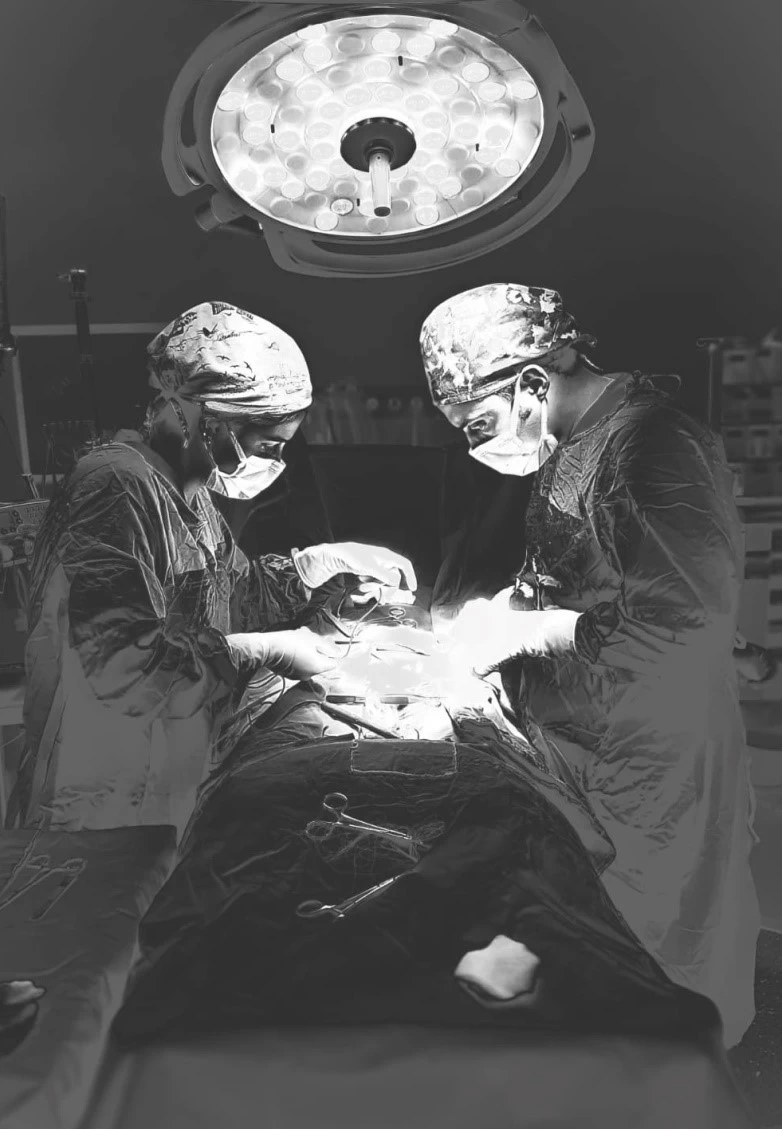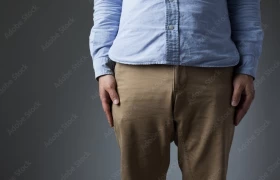
Penis Lengthening and Thickening Techniques
- Penis Lengthening and Thickening Techniques
This subject is one of the most popular and curious subjects of today's urology and male genital aesthetics.
Before going into the subject, it should be noted that the use of existing techniques has increased especially in the last 10 years and a method with standard and long-term efficacy/safety results for every clinic has not yet been determined.
It should also be emphasized that the vast majority of patients who request penis lengthening and thickness increase actually have sufficient penis sizes for satisfactory sexuality.
Studies have found that people want to apply these surgical techniques for reasons such as dysmorphophobia (anxiety about the appearance of any organ), lack of self-confidence, an unsatisfying sex life, and excessive exposure to social media. On the other hand, when we look at; It is seen that these reasons actually form the basis of most aesthetic interventions related to other organs. In other words, the reasons that lead people to these demands are generally cosmetic and aesthetic pursuits rather than a real organic and functional disorder.
Penile length of less than 9.5 cm at maximum tension and less than 10 cm at erection may be considered the limit for a patient suffering from it, although it may vary in some communities. Of course, as we mentioned at the beginning, the demand for lengthening or thickening mostly arises for reasons independent of the size. The most commonly used surgical techniques in penis lengthening all over the world can be listed as cutting the suspensory ligaments of the penis, advancing the skin from the groin area to the penis, removing fat from the penis root and knitting the testicular skin. . Studies have reported that with these methods, an elongation of 2 to 4 cm can be achieved in the length of the penis.
Techniques applied for thickening have also been quite varied recently. However, the most commonly used methods are the injection of fat tissues obtained from the body under the penile skin or the injection of fillers such as hyaluronic acid. Apart from this, studies carried out by placing some synthetic or animal-derived materials under the penile skin also take their place in the current literature. The most important thing to know about the increase in thickness is that this increase will not be permanent for life and it may be necessary to apply again over time, although it varies according to the method applied. It is also reported that the original penile thickness increased by an average of 30-40% in attempts made for this purpose.
So, are there risks or complications in both lengthening and thickening procedures?
Although complications such as penile deformity, curvature, edema, infection, subcutaneous masses and sexual dysfunction have been reported, the incidence is very low. In fact, it has been reported in some studies that these procedures, which are performed purely for cosmetic purposes, contribute to the sexual performance of individuals and increase their functional scores.
When lengthening and fat injection are preferred as methods, the procedure is performed in the operating room and under anesthesia (spinal anesthesia or other methods). When filling material is injected in penis enlargement, the procedure can be performed under outpatient conditions and without the need for anesthesia.
Finally, every patient with a request for penile lengthening and thickening should spare enough time, listen to their complaints completely, and give detailed information and approval about the planned method. Because the process to be done is not a process that is applied to everyone in the same way. It should be organized in a completely personalized way.





